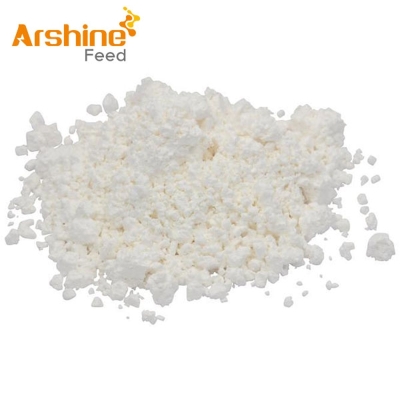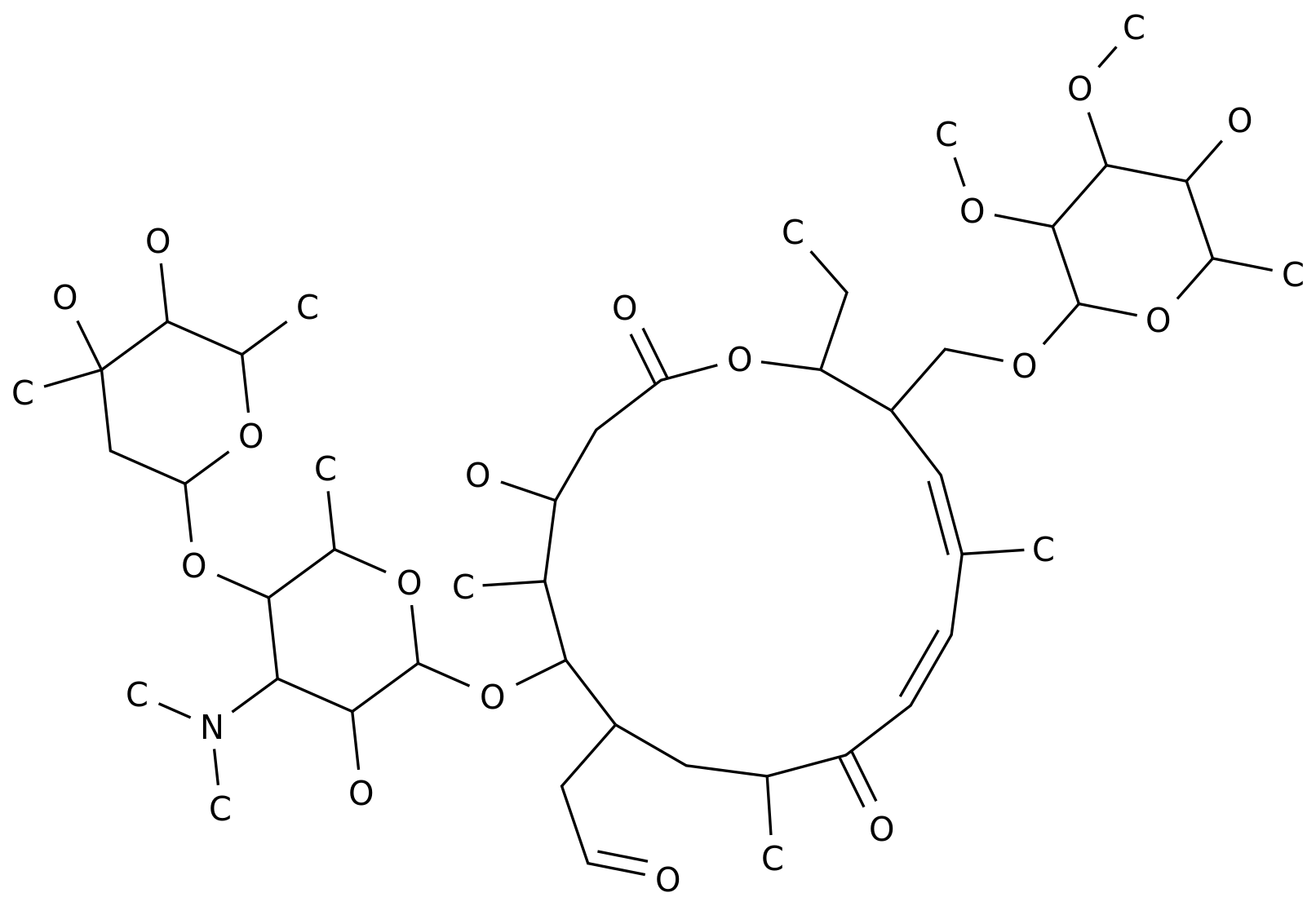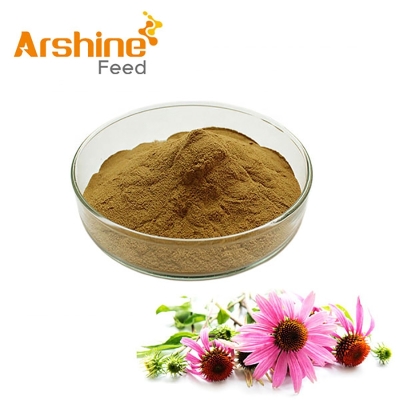-
Categories
-
Pharmaceutical Intermediates
-
Active Pharmaceutical Ingredients
-
Food Additives
- Industrial Coatings
- Agrochemicals
- Dyes and Pigments
- Surfactant
- Flavors and Fragrances
- Chemical Reagents
- Catalyst and Auxiliary
- Natural Products
- Inorganic Chemistry
-
Organic Chemistry
-
Biochemical Engineering
- Analytical Chemistry
- Cosmetic Ingredient
-
Pharmaceutical Intermediates
Promotion
ECHEMI Mall
Wholesale
Weekly Price
Exhibition
News
-
Trade Service
China's feed industry is accompanied by reform and opening up of a sunrise industry, after more than 30 years of sustained and healthy development, has achieved remarkable achievements, including feed raw materials, feed additives, feed processing, feed machinery and education, scientific research, testing and other support systems, including a more perfect feed industry system. Since 2010, China has become the world's largest feed producer. In 2012, the total output of commodity feed reached 194 million tons, with a total output value of 646.3 billion yuan, and the feed industry has become an important basic industry of the national economy, making outstanding contributions to the sustained and healthy development of the aquaculture industry and "maintaining stability, supply and security".
qxv .The mandatory national standard of feed label was first published in 1988 and is one of the two important basic national standards for the management of the feed industry, more than ten years earlier than the Regulations on the Administration of Feed and Feed Additives, which were first promulgated and implemented in 1999. As an important grasper of feed industry management, after more than 20 years of implementation, has played a vital role in regulating the order of production and operation in the feed industry and improving the quality and safety level of feed products.
qxv .On May 1, 2012, the newly revised Regulations on the Administration of Feed and Feed Additives (hereinafter referred to as the "New Regulations") came into force, and the new Regulations further clarified the basic contents that should be marked in accordance with the requirements of the new situation. In order to coordinate the feed label standards with the new Regulations and its supporting regulations, the China Feed Industry Association and the National Feed Industry Standardization Technical Committee promptly organized efforts to carry out the revision of the mandatory national standards of the Feed Label, and on October 10, 2013, the State Administration of Quality Supervision, Inspection and Quarantine and the State Administration for Standardization issued the newly revised Feed Labels (GB 10648-2013) standards (hereinafter referred to as the "New Standards"), which will be implemented on July 10, 2013.
qxv .The overall framework of the new standardised in line with the 1999 version of the standard (hereinafter referred to as the "old standard"), further enriched and improved in technical content, including the following:
qxv
, scope of application
qxvthe new standard defines the scope of application as "commodity feed, feed additives and feed raw materials (including imported products), excluding feed that can be prepared for use by feed," Compared to the 1999 edition of the Feed Labelstandard standard, there are two main changes:
qxvfirst, contract-customized feed is no longer exempt edited and will need to be produced and labeled in accordance with the requirements of the new standards in the future. Since the old standard does not require contract-customized products to be labeled, but does not provide for the terminology and definition of contract-customized products, contract-tailored products become a "vacuum" in management. Feed management departments in the daily supervision and inspection often found that the group enterprises in the name of contract customization, for its sub-, subsidiary circulation of premix or "core material" often wrapped in "white bag" packaging, not with any logo, not only the management can not implement effective supervision, but once the problem occurs, the companies push each other, difficult to implement responsibility; For products customized under contracts between feed enterprises, the supporting regulations of the new Regulations clearly define their labels and need to be labeled in accordance with the requirements of the new standards.
qxv .Second, feed raw materials are included in the scope of application of the new standards. Since the strengthening of raw material supervision is one of the main contents of the revision of the new Regulations, and the processed products that can feed raw grain are mostly feed raw materials, processed products that can be fed raw grain will need to be produced and labeled in accordance with the requirements of the new standards in the future, so as to facilitate the selection and use of feed production enterprises. For corn, wheat and other raw grains, pharmaceutical feed additives and farmers self-formulated for use and not sold to the outside feed, as with the old standards, still do not fall within the scope of the new standards.
qxv
II, the basic principles and basic requirements to be followed
qxvchapters IV and 6 of the new standards, respectively, provide for the production and attached labeling of the basic principles and basic requirements, compared with the old standards, the main changes are three points:
qxvfirst, according to the new Regulations, Article 30, the basic principles added "shall not indicate the role of prevention or treatment of animal diseases." However, if the drug feed additive is added to the feed, the effect of the added drug feed additive can be explained" as stipulated. Feed is animal food, disease prevention and treatment belongs to the function of veterinary medicine, not to label feed has the function of disease prevention and treatment is the world's feed industry management of the common practice. However, the market found that some enterprises to promote product sales, or in the label, instructions, product advertising marked the product has the function of disease prevention and treatment, or the use of unapproved drugs in the product, is actually a violation, should be prohibited. Similarly, the label of feed additives shall not contain the label of the efficacy of disease prevention and treatment. Feeds with drug feed additives can only be explained for the therapeutic effect of drug feed additives in the treatment or prevention of animal diseases.
qxv .Second, the old standard of "bulk feed" was replaced by "canned feed", which is based on the new Regulations, Article 20 of the provisions of the "factory sales of feed, feed additives should be packaged." Feed directly sold by the feed production enterprise to the farmer may be transported by canned vehicle, which shall comply with the relevant provisions of the State on safety and hygiene, and be accompanied by a label that complies with the provisions of Article 21 of these Regulations," i.e. bulk feed shall no longer be allowed for sale on the market.
qxv . Third, the new standard In Chapter VI of the presentation of the label added the "should not open the packaging, you should see the complete label content" provisions. The regulation is also for the real-world production of some enterprises to sew labels into the bag, feed regulators and customers can not access the full label situation. It should be emphasized that it is not contrary to the new standard and is permissible if all the content required by the new standard is printed on the bag without making and labelling separately.
qxv
III, should be marked the basic content
qxv 1, enterprises to meet the health requirements of the commitment. The new standard only requires feed and feed raw materials labeled "this product in line with feed hygiene standards" the words, mainly considering the current "feed hygiene standards" on the feed additives of the health requirements are not comprehensive, imperfect, some feed additives health indicators have not been included in the health standards, and, according to the "feed health standards" revised thinking, the future feed additives will be reflected in the corresponding product standards, so the new standards for feed additives labels do not require labeling this product in line with the "feed hygiene standards.
qxv . 2, product name. The new standard complements and perfects the presentation and marking requirements of product names, and is one of the key contents of this revision, and strives to make product names clearly and accurately reflect the true properties of the product, and is in harmony with relevant laws and regulations, which is conducive to user and regulatory identification, and prevents being misled by ambiguous or even false name labels. The new standard requires that product names should be used in general names, and that the naming principles of common names are stipulated for the first time in accordance with the formulation of common names in accordance with the categories of feed additives, feed raw materials and feed products, especially for the concept of mixed feed additives proposed in the supporting regulations of the new Regulations. Specifically as follows:
qxv (1) feed additive products: should be marked with the words "feed additives", its common name should be issued by the Ministry of Agriculture, "feed additives varieties catalog" as specified in the general name.
implement the "Feed Label" standard to promote the sustainable and healthy development of the feed industry
implement the "feed label" standard to promote the sustainable and healthy development of the feed industry (2)
implement the "feed label" standard to promote the sustainable and healthy development of the feed industry (3) 1
/
3
1 2 3 next The China's feed industry is accompanied by reform and opening up, a sunrise industry, after more than 30 years of sustained and healthy development, has achieved remarkable achievements, including feed raw materials, feed additives, feed processing, feed machinery and education, scientific research, testing and other support system, including a relatively perfect feed industry system. Since 2010, China has become the world's largest feed producer. In 2012, the total output of commodity feed reached 194 million tons, with a total output value of 646.3 billion yuan, and the feed industry has become an important basic industry of the national economy, making outstanding contributions to the sustained and healthy development of the aquaculture industry and "maintaining stability, supply and security".
qxv . The mandatory national standard of feed label was first published in 1988 and is one of the two important basic national standards for the management of the feed industry, more than ten years earlier than the Regulations on the Administration of Feed and Feed Additives, which were first promulgated and implemented in 1999. As an important grasper of feed industry management, after more than 20 years of implementation, has played a vital role in regulating the order of production and operation in the feed industry and improving the quality and safety level of feed products.
qxv . On May 1, 2012, the newly revised Regulations on the Administration of Feed and Feed Additives (hereinafter referred to as the "New Regulations") came into force, and the new Regulations further clarified the basic contents that should be marked in accordance with the requirements of the new situation. In order to coordinate the feed label standards with the new Regulations and its supporting regulations, the China Feed Industry Association and the National Feed Industry Standardization Technical Committee promptly organized efforts to carry out the revision of the mandatory national standards of the Feed Label, and on October 10, 2013, the State Administration of Quality Supervision, Inspection and Quarantine and the State Administration for Standardization issued the newly revised Feed Labels (GB 10648-2013) standards (hereinafter referred to as the "New Standards"), which will be implemented on July 10, 2013.
qxv . The overall framework of the new standardised in line with the 1999 version of the standard (hereinafter referred to as the "old standard"), further enriched and improved in technical content, including the following:
qxv
, scope of application
qxv the new standard defines the scope of application as "commodity feed, feed additives and feed raw materials (including imported products), excluding feed that can be prepared for use by feed," Compared to the 1999 edition of the Feed Labelstandard standard, there are two main changes:
qxv first, contract-customized feed is no longer exempt edited and will need to be produced and labeled in accordance with the requirements of the new standards in the future. Since the old standard does not require contract-customized products to be labeled, but does not provide for the terminology and definition of contract-customized products, contract-tailored products become a "vacuum" in management. Feed management departments in the daily supervision and inspection often found that the group enterprises in the name of contract customization, for its sub-, subsidiary circulation of premix or "core material" often wrapped in "white bag" packaging, not with any logo, not only the management can not implement effective supervision, but once the problem occurs, the companies push each other, difficult to implement responsibility; For products customized under contracts between feed enterprises, the supporting regulations of the new Regulations clearly define their labels and need to be labeled in accordance with the requirements of the new standards.
qxv . Second, feed raw materials are included in the scope of application of the new standards. Since the strengthening of raw material supervision is one of the main contents of the revision of the new Regulations, and the processed products that can feed raw grain are mostly feed raw materials, processed products that can be fed raw grain will need to be produced and labeled in accordance with the requirements of the new standards in the future, so as to facilitate the selection and use of feed production enterprises. For corn, wheat and other raw grains, pharmaceutical feed additives and farmers self-formulated for use and not sold to the outside feed, as with the old standards, still do not fall within the scope of the new standards.
qxv
II, the basic principles and basic requirements to be followed
qxv chapters IV and 6 of the new standards, respectively, provide for the production and attached labeling of the basic principles and basic requirements, compared with the old standards, the main changes are three points:
qxv first, according to the new Regulations, Article 30, the basic principles added "shall not indicate the role of prevention or treatment of animal diseases." However, if the drug feed additive is added to the feed, the effect of the added drug feed additive can be explained" as stipulated. Feed is animal food, disease prevention and treatment belongs to the function of veterinary medicine, not to label feed has the function of disease prevention and treatment is the world's feed industry management of the common practice. However, the market found that some enterprises to promote product sales, or in the label, instructions, product advertising marked the product has the function of disease prevention and treatment, or the use of unapproved drugs in the product, is actually a violation, should be prohibited. Similarly, the label of feed additives shall not contain the label of the efficacy of disease prevention and treatment. Feeds with drug feed additives can only be explained for the therapeutic effect of drug feed additives in the treatment or prevention of animal diseases.
qxv . Second, the old standard of "bulk feed" was replaced by "canned feed", which is based on the new Regulations, Article 20.







